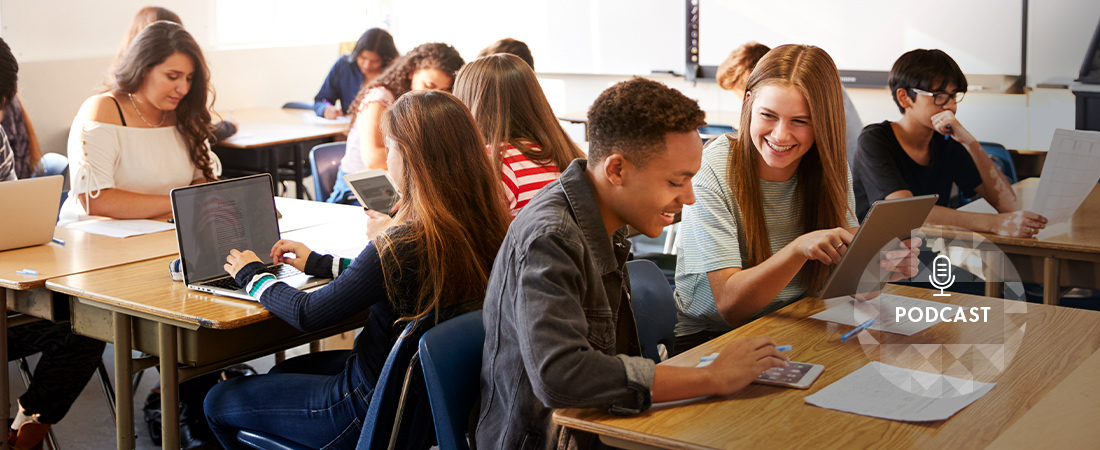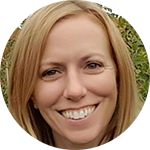How Should Schools Measure SEL Skills?

Listen in as our experts discuss a wide range of current topics. Check out all of our podcasts.
In many schools, social and emotional learning (SEL) now takes place alongside traditional subjects such as mathematics, English, and social studies. But while students’ knowledge of those subjects can be tested, it is much harder to assess whether SEL programs are changing students’ social behaviors.
In this podcast, EDC’s Diana Wogan and Josh Cox discuss how districts are implementing and assessing SEL programs. They also examine new research from the Regional Educational Laboratory Northeast and Islands at EDC about the availability of SEL assessment tools for school districts.
On the significance of SEL for schools
Wogan: I keep hearing from school and district staff that they are seeing more and more of their students come in who are experiencing anxiety, or who have experienced some kind of trauma, and they really want to be able to give these kids skills to deal with different emotions and experiences. And SEL is a way to do that. It’s also a way to promote things like relationship skills and self-awareness for all students whether they display something like anxiety or not.
On how administrators should be assessing SEL skills in schools
Wogan: A really important takeaway from this report is that it’s key to be selective when assessing SEL . . . there are really simple questions that schools and districts can ask when they are considering an assessment. So step one in this report is to ask, what skills do you want to measure? What students are you planning to assess? And what’s the purpose for assessing? And that’s the right first step for schools to take.
On districts that are doing this work well
Cox: The CORE districts, which include several large districts in the state of California, have had a lot of success measuring social and emotional learning. And I believe they use a student survey in grades 5–12 to measure students’ self-efficacy, growth mindset, self-management, and social awareness. And there have been some really great reports coming out of a group called Policy Analysis for California Education (PACE) that have examined trends in students social and emotional learning using evidence from the CORE districts.
Wogan: There’s a district in Massachusetts—Taunton—that put together a community input team. And they have been meeting for over a year to really look into how to best implement SEL curriculum. And they’ve surveyed staff, they’ve looked at different curricula, and they’ve selected a few to pilot, and then they’ll start to implement the curricula that work once they pilot that.

